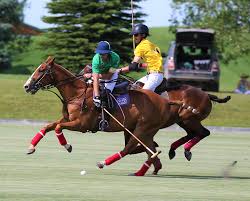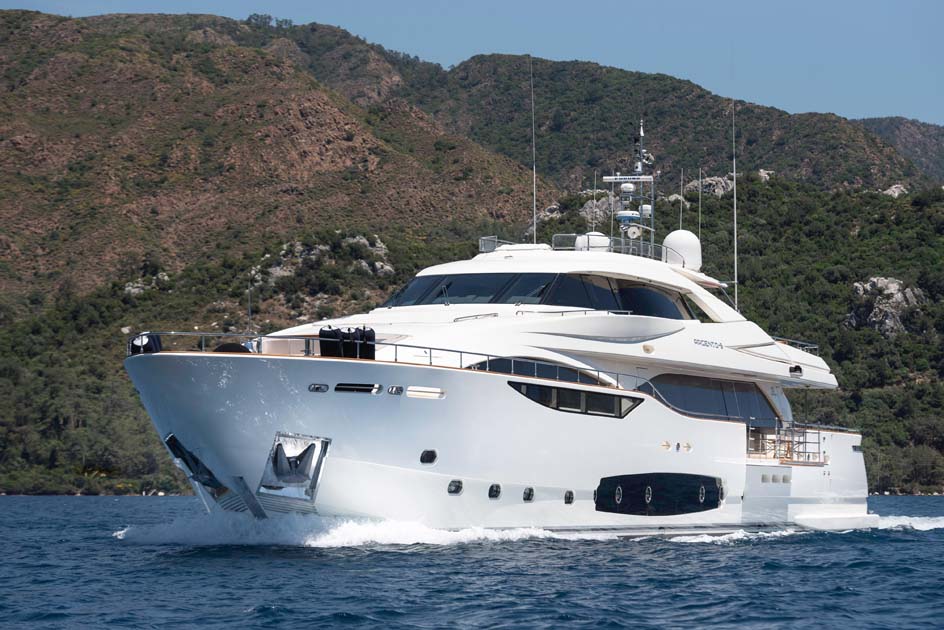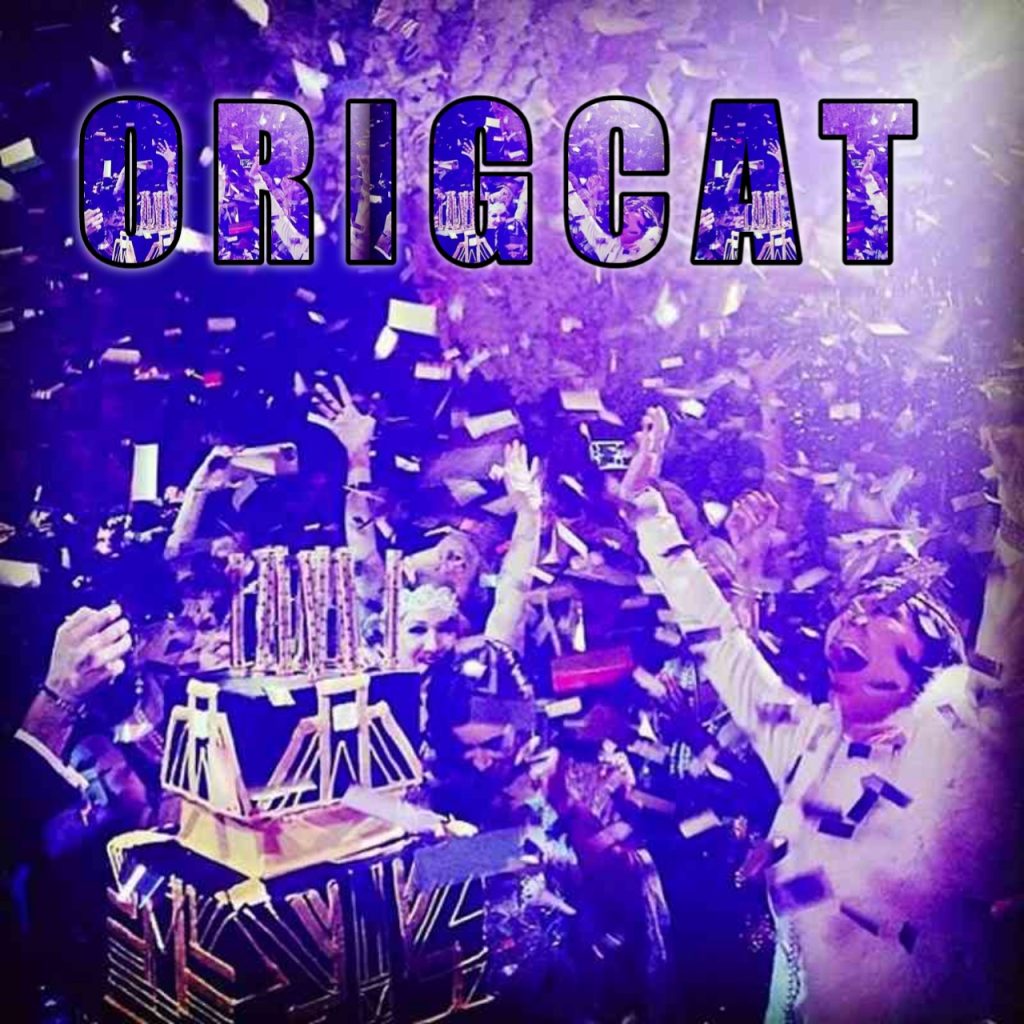خاویار
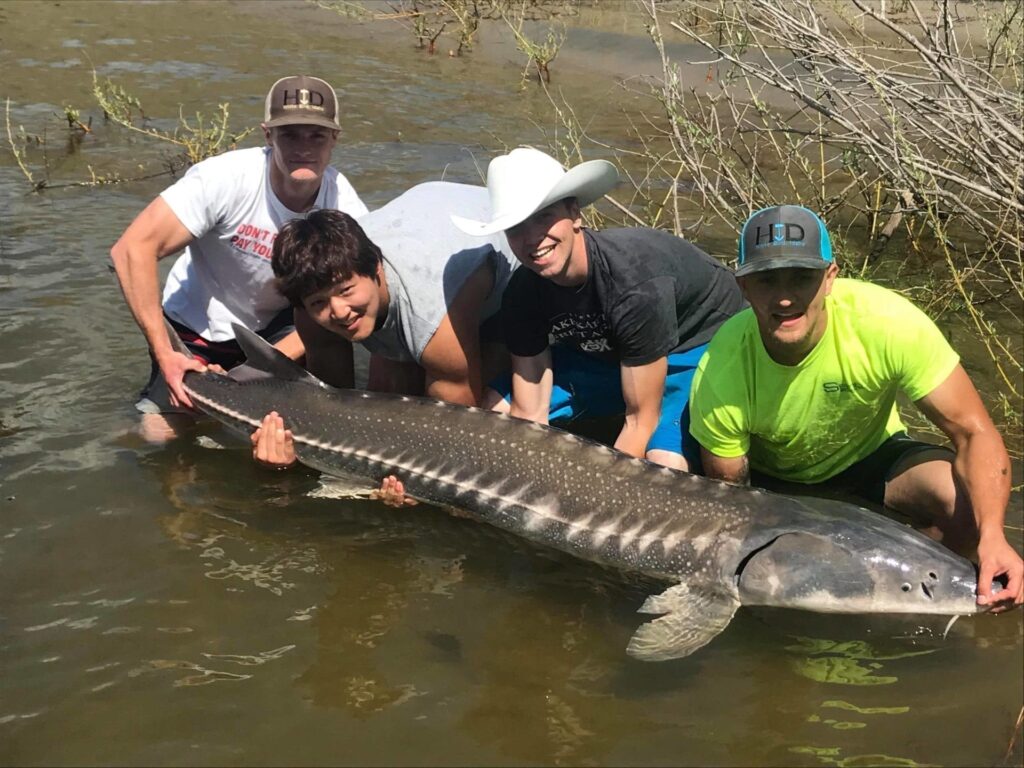
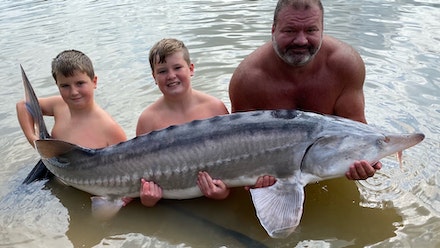



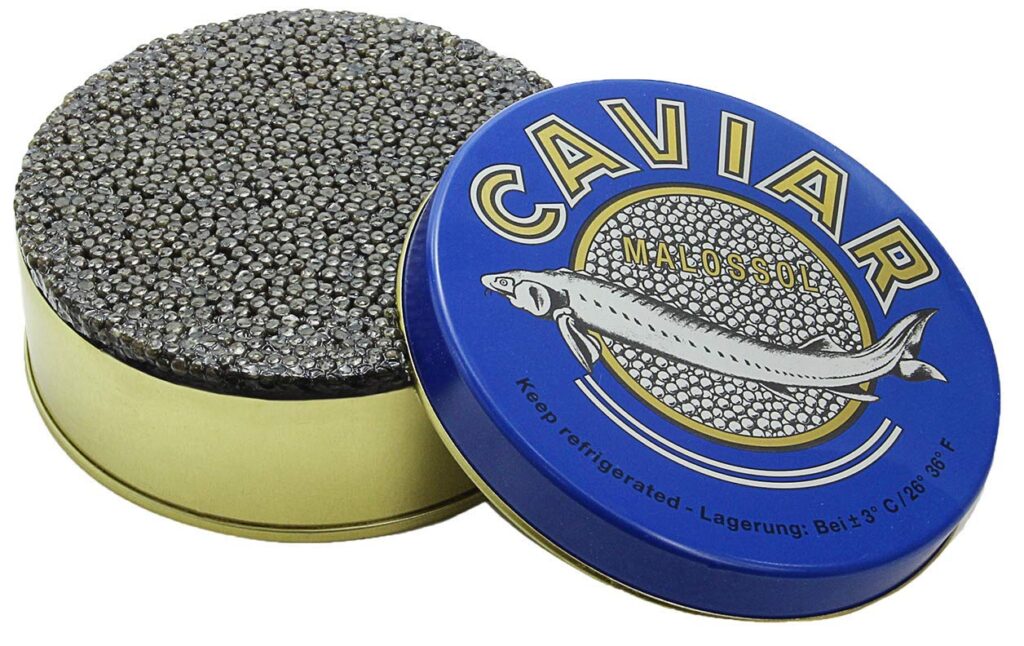
خاویار یک نوع ماده غذایی لوکس است که از تخم ماهیان خاویاری (مانند تاسماهی، اوزونبرون و فیلماهی) تهیه میشود. این محصول به دلیل کمیابی، فرایند پیچیده برداشت، و طعم خاص خود بسیار گرانقیمت است و اغلب بهعنوان یک خوراکی اشرافی شناخته میشود.
انواع خاویار
خاویار بر اساس نوع ماهی و محل تولید به انواع مختلف تقسیم میشود:
- بلوگا (Beluga): گرانترین و بزرگترین دانههای خاویار که از فیلماهی تهیه میشود.
- آسترا (Osetra): از ماهی تاسماهی گرفته میشود و طعمی مغزدار و ملایم دارد.
- سوروگا (Sevruga): دانههای کوچکتر و طعمی قویتر نسبت به بلوگا و آسترا دارد.
- خاویار پرورشی: در مزارع پرورش ماهی تولید میشود و کیفیت آن ممکن است به شرایط پرورش وابسته باشد.
ویژگیها و نحوه مصرف
- دانههای خاویار معمولاً به رنگهای سیاه، خاکستری یا طلایی هستند.
- برای حفظ طعم و تازگی، خاویار معمولاً سرد و بدون افزودنی مصرف میشود.
- رایجترین روش سرو آن به همراه نان تست، تخممرغ، یا خامه ترش است.
ارزش غذایی
خاویار سرشار از پروتئین، امگا-۳، ویتامینهای B12 و D و مواد معدنی مانند آهن و منیزیم است. این ترکیبات به تقویت سیستم ایمنی، سلامت قلب، و بهبود عملکرد مغز کمک میکنند.
خاویار: یک گنجینه غذایی
خاویار نوعی خوراکی گرانبها و لوکس است که از تخم ماهیان خاویاری تهیه میشود. این ماهیان عمدتاً در دریای خزر، دریای سیاه و برخی آبهای شمالی یافت میشوند. ایران بهعنوان یکی از پیشگامان تولید خاویار در جهان شناخته میشود و خاویار ایرانی بهویژه از نوع بلوگا، شهرت جهانی دارد.
تاریخچه خاویار
استفاده از خاویار به قرنها پیش بازمیگردد. در گذشته، خاویار بهعنوان خوراکی برای پادشاهان و اشراف مورد استفاده قرار میگرفت. دریای خزر، که بزرگترین منبع تولید خاویار جهان است، خانه بیش از ۹۰ درصد ماهیان خاویاری جهان بوده و به همین دلیل ایران و روسیه از دیرباز مراکز اصلی تولید این محصول بودهاند.
انواع خاویار
خاویار بر اساس نوع ماهی و اندازه دانهها به چند دسته تقسیم میشود:
- خاویار بلوگا (Beluga):
- گرانترین و کمیابترین نوع خاویار.
- دانههای درشت با رنگ خاکستری روشن تا سیاه.
- از فیلماهی تهیه میشود که تا ۱۰۰ سال عمر میکند.
- طعمی ملایم و کرهای دارد.
- خاویار آسترا (Osetra):
- از تاسماهی تهیه میشود.
- دانههای متوسط با رنگ طلایی تا قهوهای.
- طعمی مغزدار و کرهای ملایم دارد.
- خاویار سوروگا (Sevruga):
- از ماهی اوزونبرون تهیه میشود.
- دانههای کوچکتر با رنگ خاکستری تیره.
- طعمی قویتر و شورتر.
- خاویار طلایی (Golden Caviar):
- بسیار کمیاب و از ماهیهای خاصی مانند ماهی آلبینو به دست میآید.
- رنگ طلایی روشن و طعمی بسیار لطیف دارد.
مراحل تولید خاویار
- پرورش ماهیان خاویاری:
ماهیان خاویاری در محیطهای کنترلشده (پرورشگاهها) یا در طبیعت رشد میکنند. - برداشت تخمها:
تخمها با دقت از بدن ماهی خارج میشود، بدون آنکه به تخمها یا ماهی آسیب برسد (در برخی موارد ماهی کشته میشود). - شستشو و نمکزنی:
تخمها شسته و به میزان مشخصی نمک اضافه میشود تا طعم مناسب ایجاد شود و ماندگاری افزایش یابد. - بستهبندی:
خاویار در ظروف شیشهای یا فلزی ضد زنگ بستهبندی میشود تا تازگی آن حفظ شود.
ارزش غذایی خاویار
خاویار علاوه بر طعم منحصربهفرد، سرشار از مواد مغذی است:
- پروتئین: کمک به عضلهسازی و سلامت بافتهای بدن.
- اسیدهای چرب امگا-۳: تقویت سلامت قلب، کاهش التهابات و بهبود عملکرد مغز.
- ویتامینها: ویتامین B12 (برای تولید انرژی و سلامت اعصاب) و ویتامین D (برای استخوانها).
- مواد معدنی: آهن، فسفر، و منیزیم که برای تقویت سیستم ایمنی و متابولیسم بدن مفید هستند.
نحوه مصرف خاویار
خاویار بهعنوان یک خوراکی لوکس معمولاً به شکل ساده و سرد مصرف میشود. روشهای رایج سرو:
- روی نان تست یا بیسکوییت:
خاویار اغلب روی نان تست بدون نمک یا بیسکوییت ساده سرو میشود. - بههمراه خامه ترش یا کره:
این مواد طعم خاویار را ملایمتر میکنند. - با تخممرغ آبپز یا سبزیجات:
ترکیبی خوشطعم و مغذی ایجاد میکند. - همراه نوشیدنیهای خاص:
در برخی فرهنگها، خاویار با نوشیدنیهای خاص مانند شامپاین یا ودکا مصرف میشود.
قیمت و بازار خاویار
خاویار بهدلیل کمیاب بودن و سختی تولید، یکی از گرانترین خوراکیهای جهان است. قیمت آن به نوع خاویار، کیفیت، و کشور تولیدکننده بستگی دارد. خاویار بلوگا با قیمت بالاتری نسبت به سایر انواع در بازار عرضه میشود.
تولید خاویار در ایران
ایران یکی از برترین تولیدکنندگان خاویار در جهان است. خاویار ایرانی بهدلیل کیفیت بالا، طعم عالی، و روشهای سنتی فرآوری، در بازارهای بینالمللی بسیار پرطرفدار است. مراکز اصلی تولید خاویار در ایران شامل استانهای گیلان، مازندران و گلستان هستند.

مشتریان گرامی :جهت مشاهده مدلها لطفا اینجا را لمس نمایید 🏠
Caviar: A Culinary Treasure
Caviar is a luxurious and rare delicacy made from the eggs (roe) of sturgeon fish, such as Beluga, Osetra, and Sevruga. Known for its exquisite taste, unique texture, and high price, it is often considered a symbol of luxury and prestige.
History of Caviar
Caviar has been a sought-after delicacy for centuries. Historically, it was reserved for royalty and the elite. The Caspian Sea, the largest source of sturgeon, has been the heart of caviar production for centuries, making countries like Iran and Russia the leaders in this industry.
Types of Caviar
Caviar is classified based on the type of sturgeon and the size of the eggs:
- Beluga Caviar:
- The most expensive and rare type of caviar.
- Large, smooth eggs with a light gray to black color.
- Harvested from the Beluga sturgeon, which can live for over 100 years.
- Known for its buttery and delicate flavor.
- Osetra Caviar:
- Comes from the Osetra sturgeon.
- Medium-sized eggs, golden to brownish in color.
- Offers a nutty, creamy flavor.
- Sevruga Caviar:
- Harvested from the Sevruga sturgeon.
- Smaller eggs with a dark gray to black hue.
- Has a more intense and salty flavor.
- Golden Caviar:
- Extremely rare and often from albino sturgeon.
- Features bright golden eggs with a subtle and refined taste.
How Caviar is Produced
- Sturgeon Farming:
Sturgeon are raised in natural waters or controlled environments. - Egg Extraction:
The roe is carefully harvested from the fish, sometimes requiring the fish to be sacrificed. - Cleaning and Salting:
The eggs are washed and lightly salted to enhance flavor and prolong shelf life. - Packaging:
Caviar is packed in glass or metal tins to maintain freshness and quality.
Nutritional Value of Caviar
Caviar is not only a culinary delight but also a nutritional powerhouse:
- Proteins: Essential for muscle building and repair.
- Omega-3 Fatty Acids: Promote heart health, reduce inflammation, and improve brain function.
- Vitamins: Rich in B12 (for energy and nerve health) and Vitamin D (for bones).
- Minerals: Contains iron, phosphorus, and magnesium, vital for immune support and metabolism.
How to Serve and Eat Caviar
Caviar is best enjoyed fresh and cold. Common serving methods include:
- On Toast or Crackers: Often served on plain, unsalted crackers or bread.
- With Sour Cream or Butter: To balance the intense flavor.
- Paired with Boiled Eggs or Vegetables: For a nutritious and flavorful combination.
- With Champagne or Vodka: A traditional pairing in many cultures.
When serving, it’s important to use non-metallic spoons (like those made of mother-of-pearl) to avoid altering the taste.
Caviar Prices and Market
Caviar’s rarity and labor-intensive production make it one of the most expensive foods in the world. The price varies depending on the type, quality, and country of origin. Beluga caviar is often the priciest, given its limited availability and high demand.
Caviar Production in Iran
Iran is one of the top caviar producers globally, especially renowned for its high-quality Beluga caviar. The Caspian Sea, home to most sturgeon species, is the heart of Iranian caviar production. Regions like Gilan, Mazandaran, and Golestan are key centers for caviar harvesting and export.
Caviar: The Jewel of Gastronomy
Caviar is one of the most luxurious and coveted foods in the world, known for its delicate flavor, unique texture, and high price tag. Derived from the roe (eggs) of sturgeon fish, it has a long history of being a symbol of wealth and sophistication. Its rarity, labor-intensive production process, and exceptional nutritional value make it a true culinary treasure.
What is Caviar?
Caviar refers specifically to the salt-cured roe of sturgeon fish, which are predominantly found in the Caspian Sea, Black Sea, and certain freshwater lakes and rivers. Not all fish roe can be called caviar; only roe from sturgeon species (belonging to the Acipenseridae family) is classified as such.
Sturgeon are ancient fish, often called “living fossils,” as they have existed for over 250 million years. These fish grow slowly and require several years (sometimes decades) to mature, adding to the scarcity and cost of caviar.
A Brief History of Caviar
- Origins: The word “caviar” is believed to have Persian roots, derived from the term khag-avar, meaning “egg carrier.”
- Persian Empire: Iranians were among the first to harvest and consume sturgeon roe. It was considered a delicacy and believed to have medicinal properties.
- Medieval Europe: By the Middle Ages, caviar became a luxury item in Europe, particularly among Russian and Persian nobility. Russian tsars were particularly fond of caviar, and their demand for the finest quality helped establish the product’s elite status.
- Modern Era: Today, caviar is celebrated worldwide and remains synonymous with extravagance and exclusivity.
Types of Caviar
Caviar is categorized based on the species of sturgeon, the size and color of the eggs, and the region of production. Here are the most notable varieties:
- Beluga Caviar (Huso huso):
- Rarity: The most sought-after and expensive type of caviar.
- Appearance: Large, firm pearls ranging from light gray to black.
- Flavor: Mild, creamy, and buttery with a subtle oceanic taste.
- Origin: Harvested from the Beluga sturgeon, which can live up to 100 years and takes 20 years to mature.
- Osetra Caviar (Acipenser gueldenstaedtii):
- Rarity: Less rare than Beluga but still highly prized.
- Appearance: Medium-sized eggs with a golden to dark brown color.
- Flavor: Nutty, briny, and slightly creamy.
- Origin: From the Osetra sturgeon, native to the Caspian and Black Seas.
- Sevruga Caviar (Acipenser stellatus):
- Rarity: More common and thus more affordable.
- Appearance: Small, delicate eggs with a dark gray or black hue.
- Flavor: Intense and salty with a robust oceanic aroma.
- Origin: Comes from the Sevruga sturgeon, known for maturing faster than other species.
- Kaluga Caviar (Huso dauricus):
- Appearance: Large, glossy eggs similar to Beluga.
- Flavor: Rich, buttery, and earthy.
- Origin: Harvested from the Kaluga sturgeon, native to the Amur River.
- Golden Caviar:
- Appearance: Rare, luminous golden eggs.
- Flavor: Delicate and refined, with a slightly sweet note.
- Origin: Often from albino sturgeon or rare golden varieties.
How Caviar is Made
Producing high-quality caviar involves meticulous care at every stage:
- Breeding and Rearing:
- Sturgeons are either wild-caught (less common today due to overfishing) or farmed in controlled environments.
- Modern aquaculture practices ensure sustainable production while maintaining quality.
- Harvesting Roe:
- Once the sturgeon is mature, roe is extracted either by traditional methods (requiring the fish to be sacrificed) or by non-lethal techniques that allow the fish to survive.
- Cleaning and Grading:
- The roe is carefully separated, cleaned, and graded based on size, texture, and color.
- Salting:
- The eggs are salted using the Malossol method (Russian for “lightly salted”), ensuring a balance of flavor and preservation.
- Packaging:
- Caviar is stored in airtight tins or glass jars to maintain freshness. Proper refrigeration is crucial.
How to Enjoy Caviar
The true essence of caviar lies in its simplicity. Here are the traditional ways to savor it:
- Serve Cold: Caviar is best enjoyed chilled, preferably over crushed ice.
- Use Non-Metal Utensils: Use spoons made of mother-of-pearl, bone, or glass, as metal can impart an unpleasant taste.
- Pairing:
- Serve with blinis (thin pancakes), toast points, or unsalted crackers.
- Accompany with crème fraîche, butter, or boiled eggs.
- Pair with high-quality beverages like champagne, vodka, or dry white wine.
Pro Tip: To fully appreciate its flavor, place a small amount of caviar on your tongue and let it dissolve gently without chewing.
Nutritional Benefits of Caviar
Caviar is not just a delicacy; it’s a nutritional powerhouse:
- Rich in Omega-3 Fatty Acids: Promotes heart health, reduces inflammation, and supports brain function.
- High in Protein: A valuable source of easily digestible protein.
- Vitamins: Contains B12 (essential for energy production) and D (important for bone health).
- Minerals: Abundant in iron, magnesium, phosphorus, and selenium.
The Global Caviar Market
- Iran: Renowned for producing some of the finest caviar, particularly from the Caspian Sea. Iranian Beluga caviar is a benchmark of quality.
- Russia: Historically a leader in caviar production, with strong ties to the culinary heritage of caviar.
- China: Emerging as a major player in sustainable aquaculture, producing high-quality alternatives.
- United States and Europe: Increasingly investing in sturgeon farming to meet growing global demand.
Sustainability Challenges
Overfishing and habitat destruction have led to a decline in wild sturgeon populations. To combat this, international agreements (like the CITES convention) regulate sturgeon trade, and sustainable farming practices are becoming the norm.























